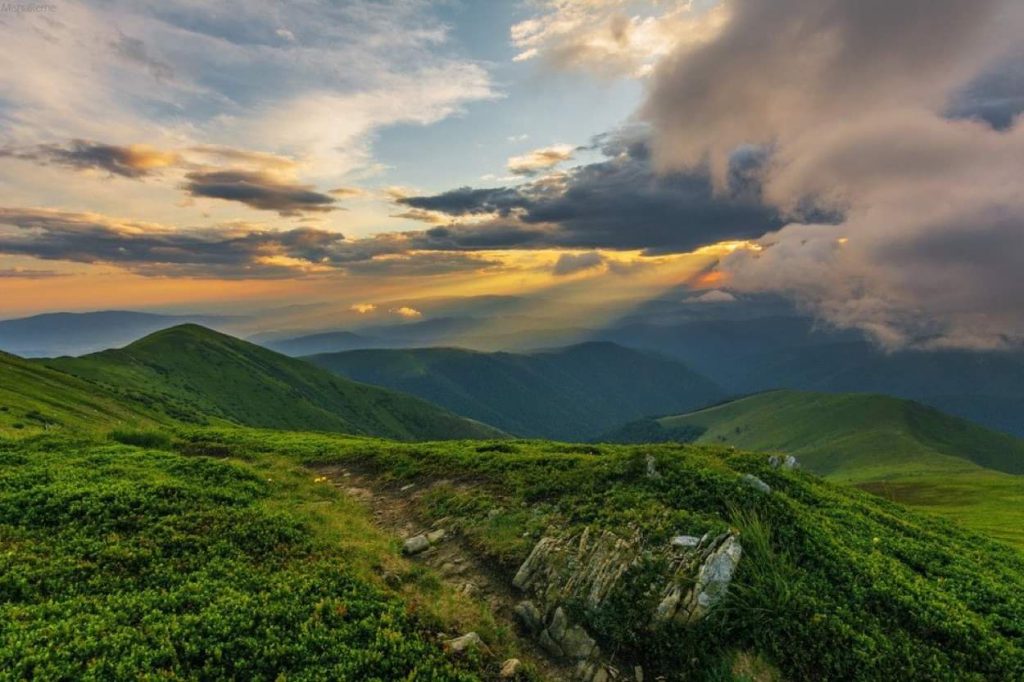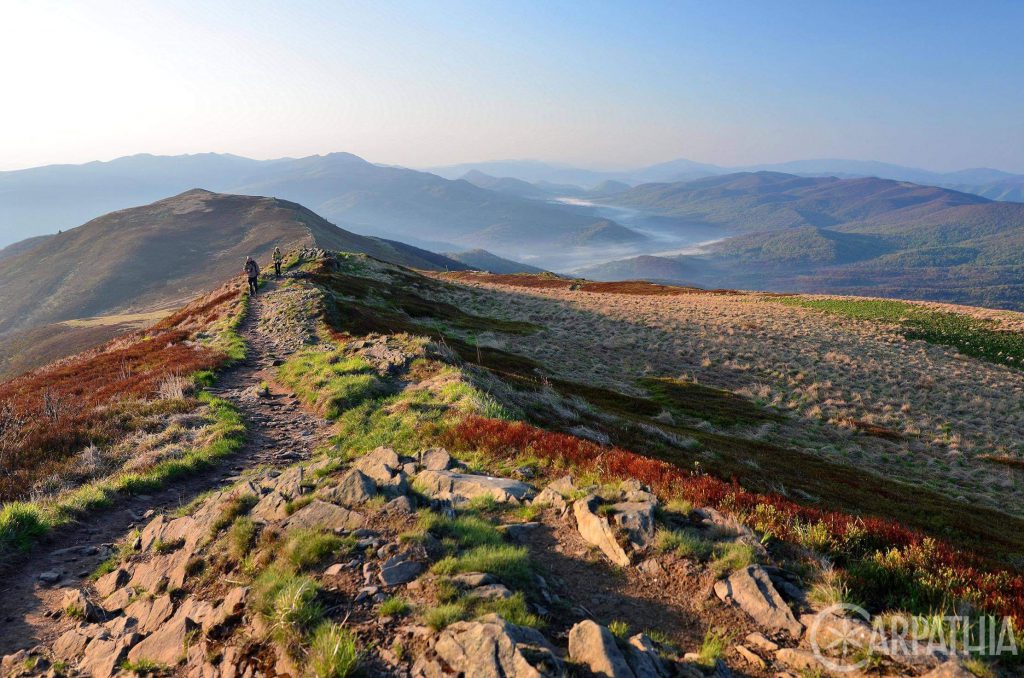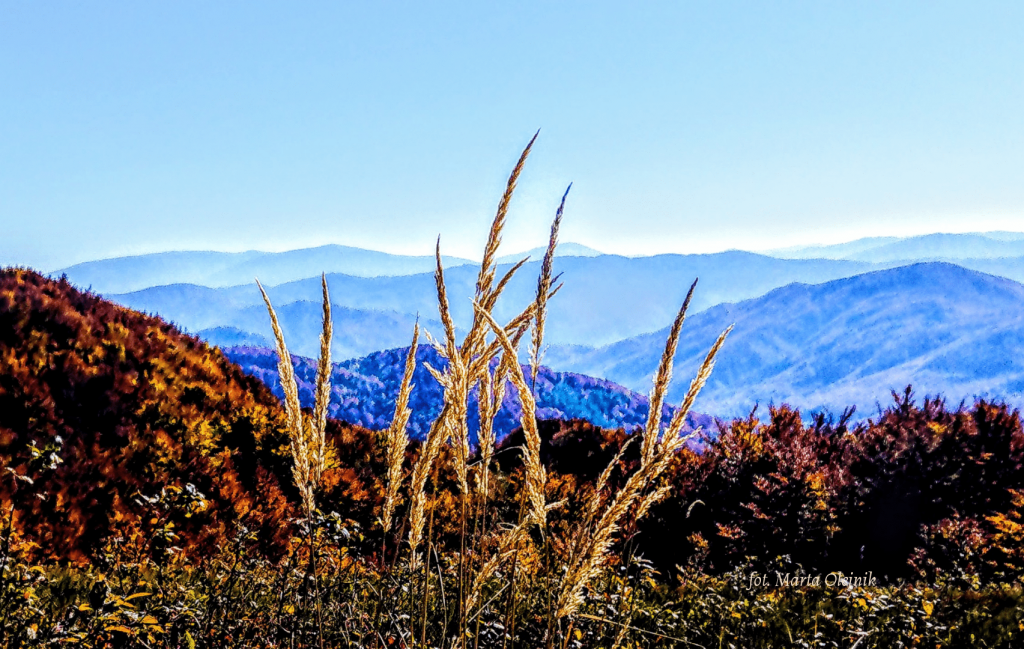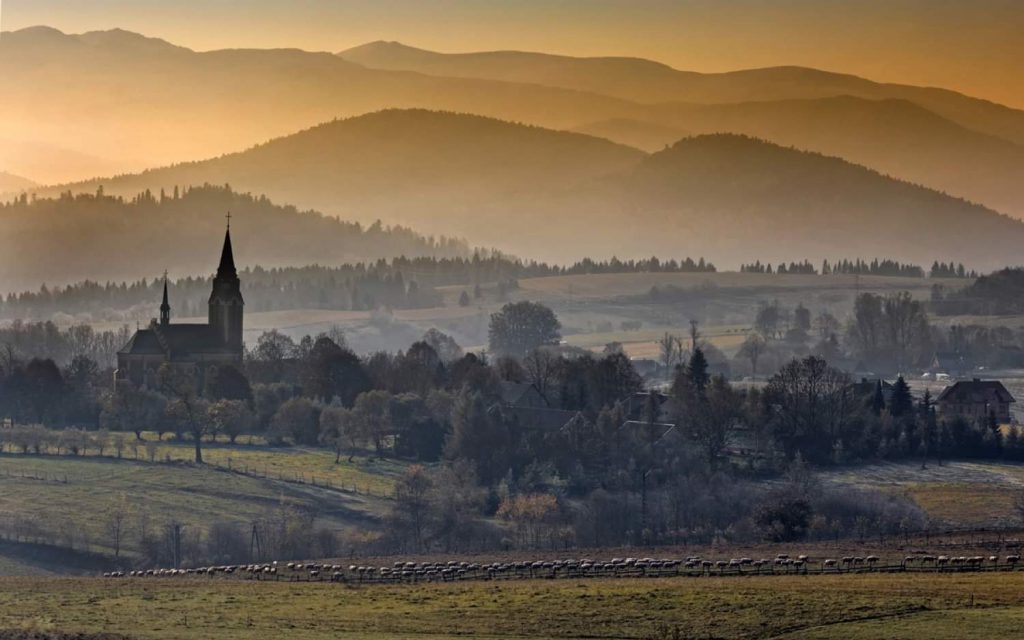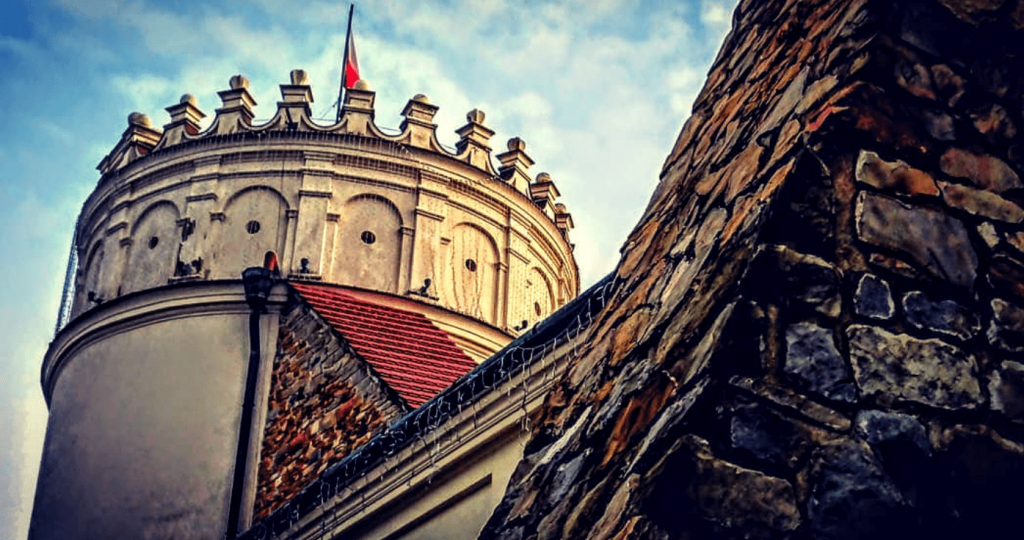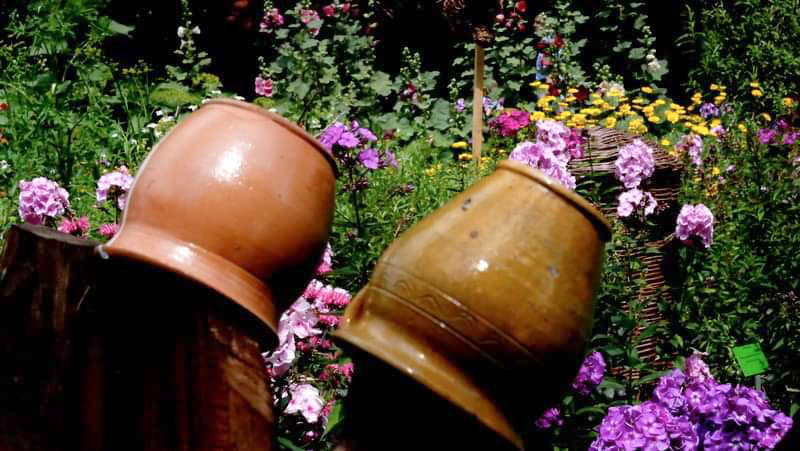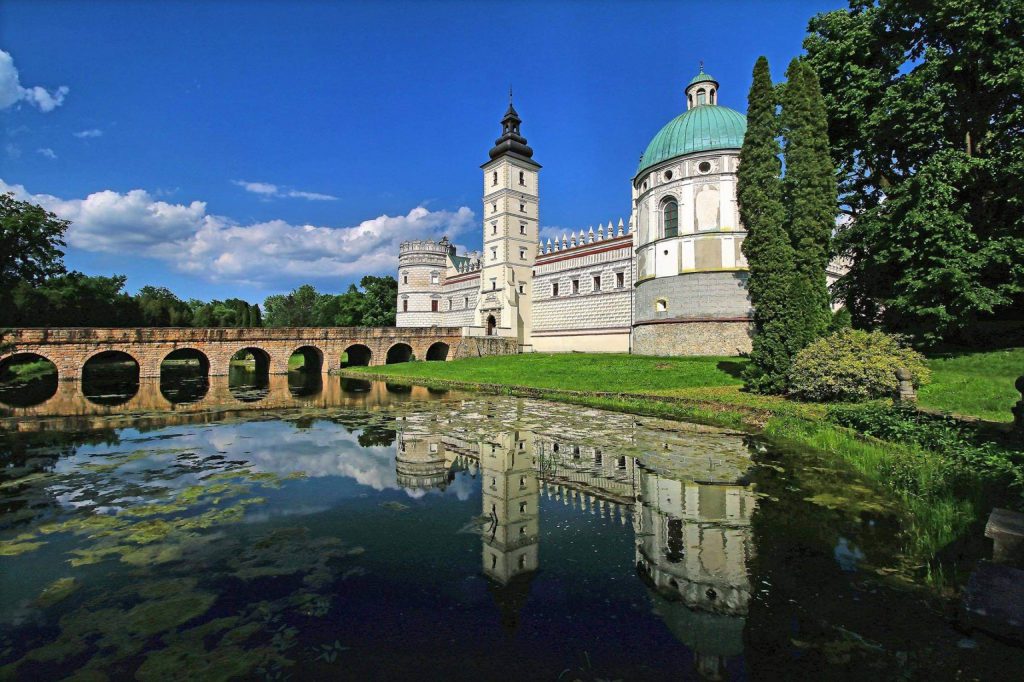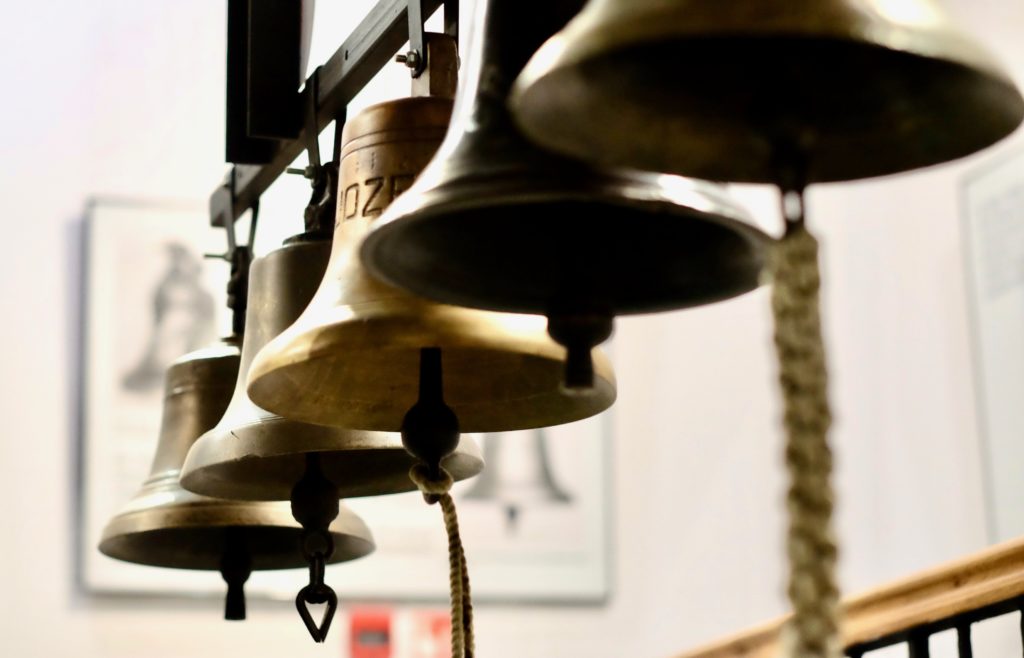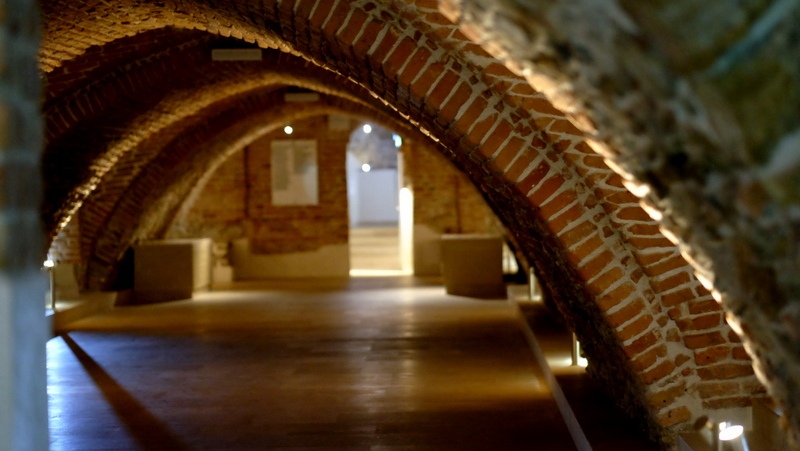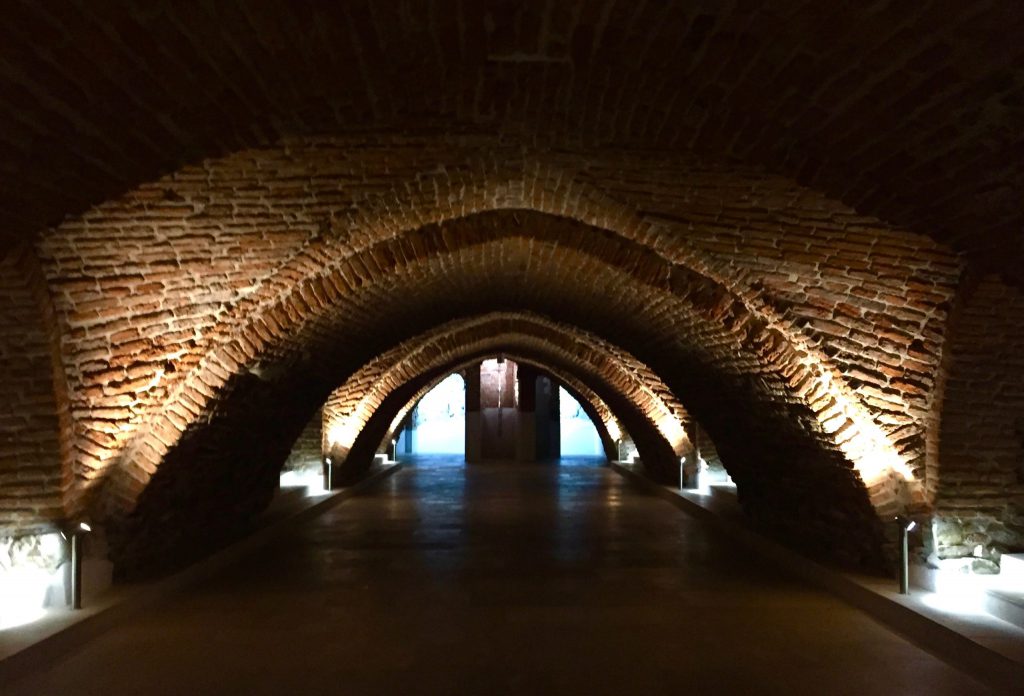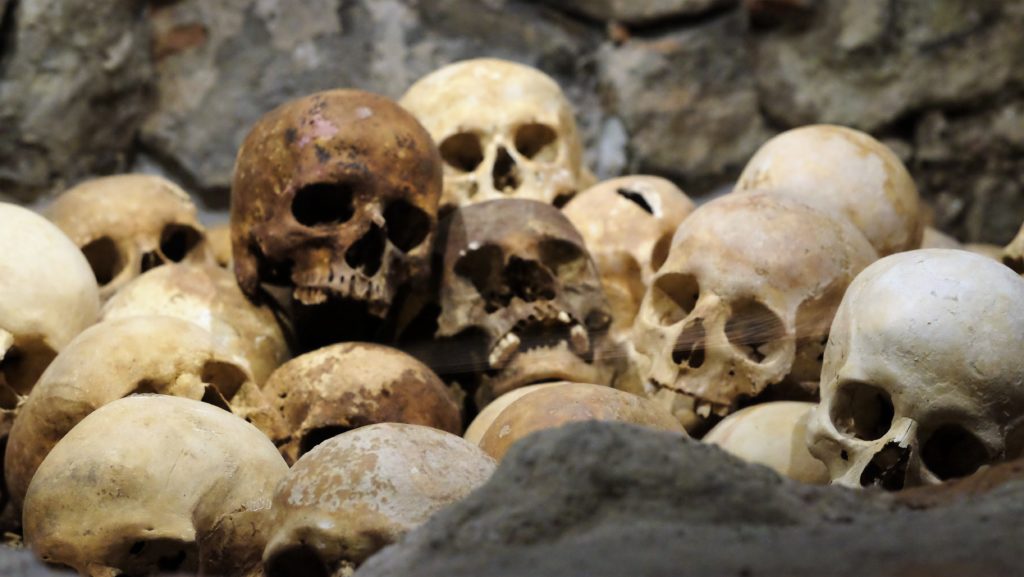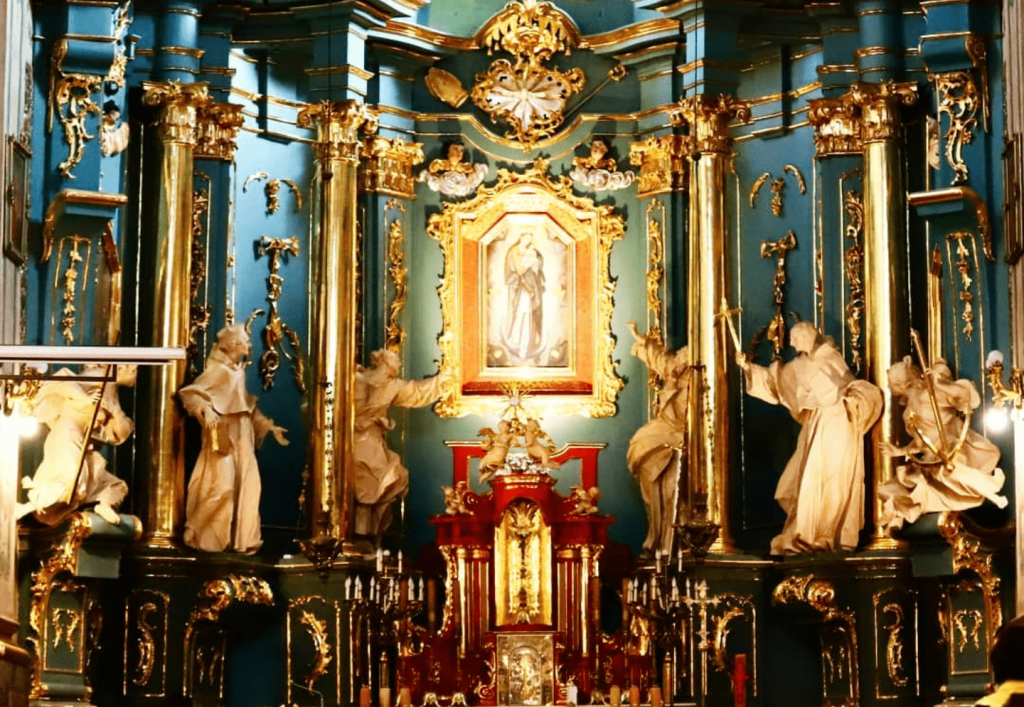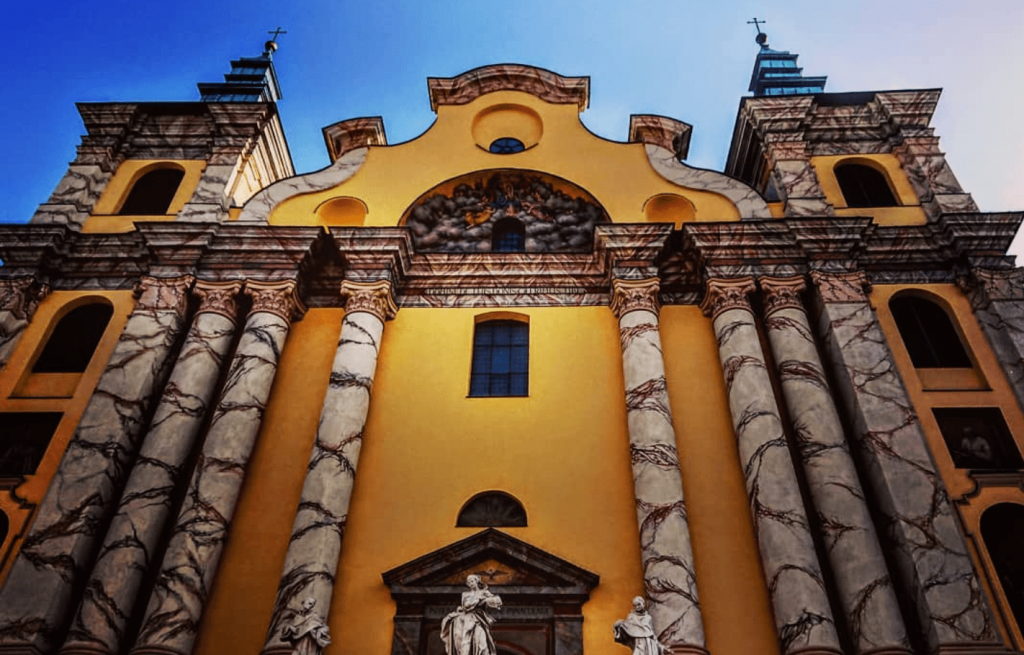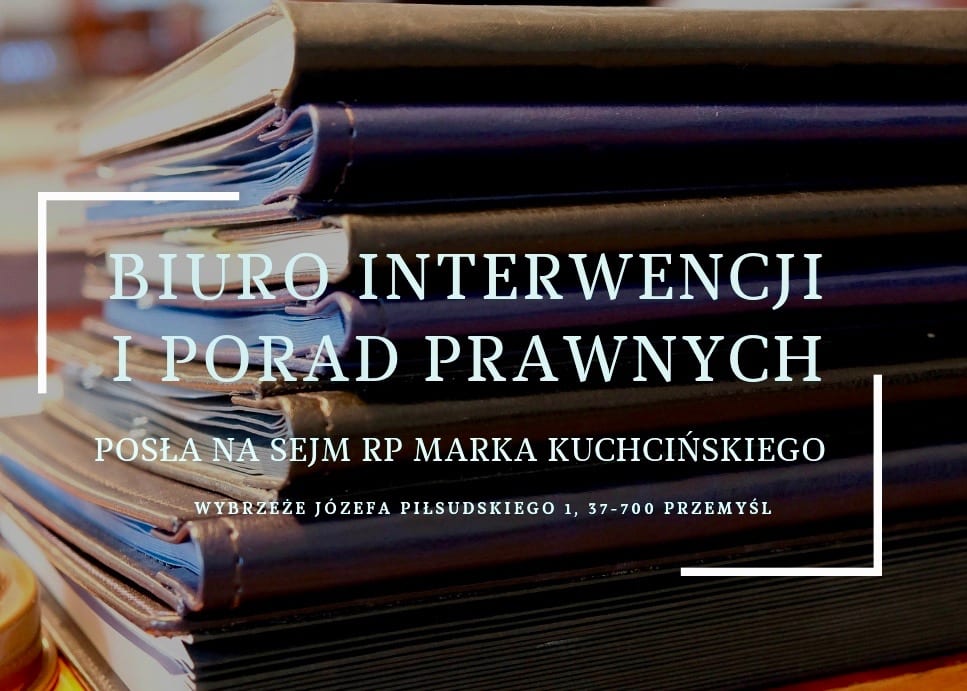Podkarpackie has two particularly beautiful national parks: Magurski and Bieszczadzki. Apart from priceless nature, the region attracts with magical legends and outstanding architecture. For example, you can follow the trail of wooden architecture. However, if someone thinks that this is the end of the attractions, it is worth discovering the delicious trail of tastes of Podkarpacie. Fuczki, proziaki, hreczanki, rosolisy tempt in regional inns, restaurants and mountain hostels. Bryndza from the cottage on the edge of the forest awakens the senses and makes us realize that to recreate this taste, it is not enough to buy it in the store. You have to return to these places and taste them with all their delightful beauty.
Of course, this is only a foretaste of what awaits us in Subcarpathia. The perfect base for exploring the region is Przemysl, which in itself is a real pearl on the map of Poland. You can spend a nice time in one of the many charming restaurants, stroll along the quiet streets or melt into the bustle of the market square.
A must-see on your trip is a visit to the Museum of Bells and Pipes. In the Clock Tower you can see what tobacco used to be smoked in and admire the craftsmanship of Przemysl's bellmakers, whose works resound on many bell towers in Poland.
One of the city attractions are also the old medieval walls, crypts and 400 m of underground corridors under the Przemysl Old Town. It is a unique place, seducing with mysteries and atmosphere of merchant warehouses, city granaries, cellars and inns. Anyway, if you want to explore Przemysl underground, it is also worth looking under the stone floor of the Archcathedral of the Assumption of the Blessed Virgin Mary and St. John the Baptist. Above your head you will have Gothic and Baroque architecture, and in front of your eyes you will see the evidence of the city's long history. An attraction from a completely different era, although also partially hidden underground, is Caponiera 8813 - a shelter of the Molotov Line, which was restored by enthusiasts and stands opposite the Accademia Hotel. From here it is not far to another armed relic: the Civil Defence Management Shelter located under the building of Primary School no. 14 and built together with the school in 1966 during the famous campaign "1000 schools for the 1000th anniversary of the Polish State".
Climbing higher and higher you will find out why Przemyśl was called the Verdun of the Eastern Front in some historical accounts. This term is due to the impressive fortifications of the Przemyśl Fortress, which have a chance to be inscribed on the UNESCO World Heritage List.
Kazimierzowski Castle also reminds us of the royal times of the city. It owes its name to King Casimir, who founded his fortress in the Subcarpathian region. Today, the castle is being gradually restored and houses the Przemysl Centre for Culture and Science.
The view of the entire Przemyśl panorama is also unforgettable. You can admire it after a short trip to the top of Tatar Mound. Legend has it that it is a barrow of a khan killed during the Tatar invasions. The hill (356 m above sea level) on which the mound was built was called "Zniesienie" ("Abolition") (meaning "defeat"), which was to commemorate the victory of Polish troops over the Tatars. The mystery of the mound arouses emotions to this day, because according to other accounts it is the grave of the founder of Przemysl - Lestek, the Duke of Lechitz.
It is hard to meet someone, who looking at Połonina Wetlinska or Połonina Caryńska, doesn't stand still surprised by its beauty and majesty of wild nature. Even mountain runners, who fight for precious seconds during competitions, stop in awe, absorbing magic of these spaces. Because the Bieszczady Mountains have also become a place of trainings and competitions of ultramarathon runners. Almost everyone in the country who is at least a little bit interested in sport has already heard about Rzeźnik. Łemkowyna Ultra-Trail, which attracts people from the furthest regions of the world, is also gaining an international reputation.
Regardless of whether you set off on a trail by running, walking or cycling, it is worth taking safety precautions and adhering to wildlife and animal protection restrictions. In the National Park and reserves we move only on the trail, in hours described on the information boards. Let's remember that Bieszczady is the land which is still ruled by the elements. Before going out estimate your abilities and adjust them to the length and difficulty of the trail. It is worth remembering that there are usually several different trails leading to the summit and we can choose the one adjusted to our needs.
It is good to leave information at the place of our accommodation: where we are going and when we plan to return. You should take with you a supply of water, food. Longer trips also require thinking about clothing. It always has to be adjusted to the current and forecasted weather. Regardless of everything, it is good to have a raincoat, emergency film and a whistle with which you can call for help in case of problems. Let's also check if we have a well-charged mobile phone with the phone number to GOPR in it. A map, sunscreen, head protection, mosquito repellent and a small first-aid kit are also a piece of equipment for a prudent tourist planning to spend a day on the trail.
- Although, when I hiked in the Bieszczady Mountains in the 70s and 80s, there was no such protection. But I always had something warmer and against rain. Back then, hiking to berry clearings near Caryńska, one could find hidden dugouts with inhabitants - free people. And in the Otryt Mountains in the thick fog - wisents. And all around the living spirit: silence, peace and quiet", recalls Marek Kuchciński.
But it is worth hiking not only in the high Bieszczady. The Przemyskie Foothills with Kopystańka, Połoninky Kalwaryjskie and Arłamowskie, the San and Wiar valleys. Then there are the Slone Mountains and Beskid Niski! These are places for the sensitive and persistent. There are hiking and biking trails. And above all, beautiful landscapes.
- Sometimes we wander at night... some animal howls, another growls... Or we reach the water, silence, no waves, and we can't see the other shore, but we cross, swim, and finally the other shore - we've crossed the Solina," says the Marshal.
The Bieszczady Mountains trails are usually well marked, but remember that the beginners should assume 20% error margin when reading the information about the time of covering the trail to the nearest landmark (e.g. hut). Let's also follow the rule that we go for a longer walk in the morning, so that we can get down to a safe place before dark. Mountains, mountain pastures, and forests can draw you in without memory and you lose track of time, but safety reasons are there so that you can enjoy this magic as long and as well as possible.
Camping in desolate places and building shelters by ourselves (bushcraft) is becoming more and more popular. Before we plunge into wild backwoods, however, we should ask for a permission of a local forester, who can also show us a good place to pitch a tent, spread a tarp or a hammock.
Once you get off the trail and want to rest, Podkarpackie tempts you with regional tastes. Good restaurants have certificates confirming that they use local products or prepare regional specialties. Usually it is simple pastoral cuisine created on the basis of filling groats, potatoes, cabbage, lentils, peas and beans. Local cheeses are also used. In taverns and restaurants be on the lookout for werenyha (a type of dumpling), kashlynik (a soup made of fresh cabbage and beets), fuczki and proziaki (a type of pancake) or hreczynki (cutlets made of buckwheat groats and meat). Real delicacies can be found in local pantries: jams, jam, juices and honey. Clean rivers and ponds are also an asset...a culinary one. Fish with herbs and honey delight guests.
The summer adventure in Podkarpacie is an unforgettable time of contact with what is natural, clean and unattainable in big cities. Let us not forget that we owe it to the people who this year are struggling with the effects of the tragic flood. We can help them, among other things, through various collections. Caritas makes available its account to help those affected 96 1020 4391 0000 6902 0002 2616 with a note "Flood".
